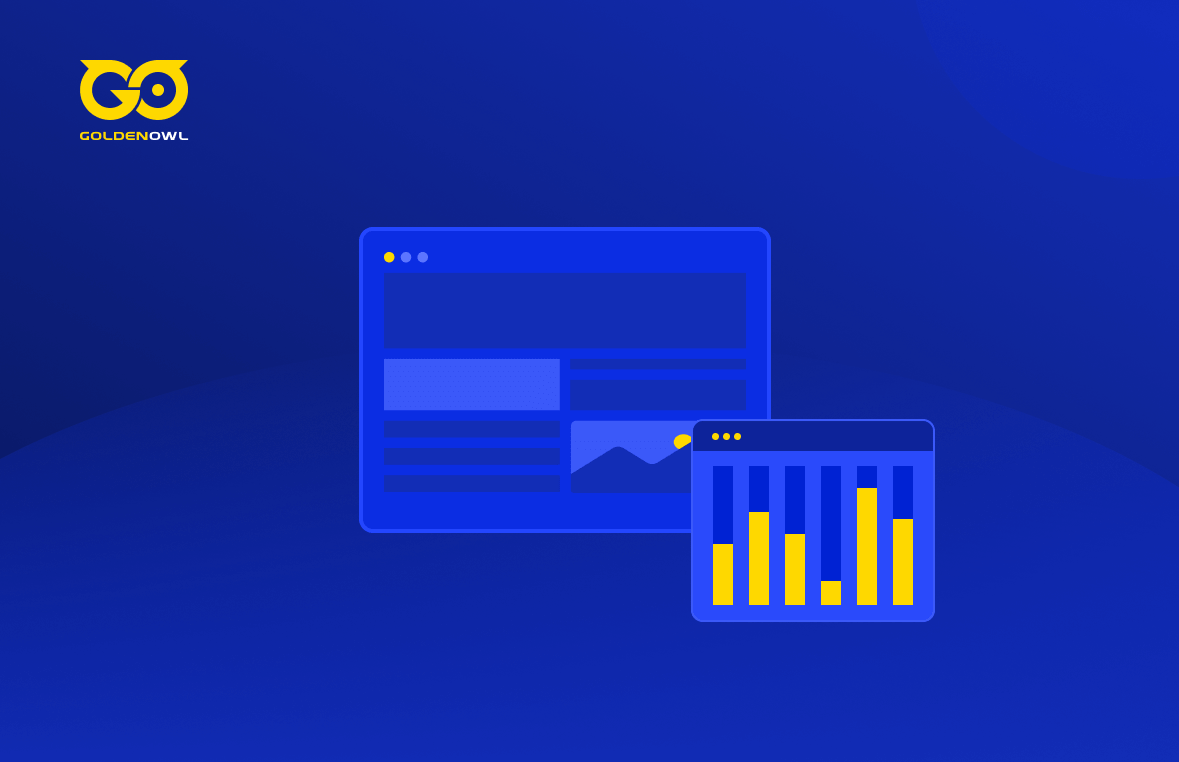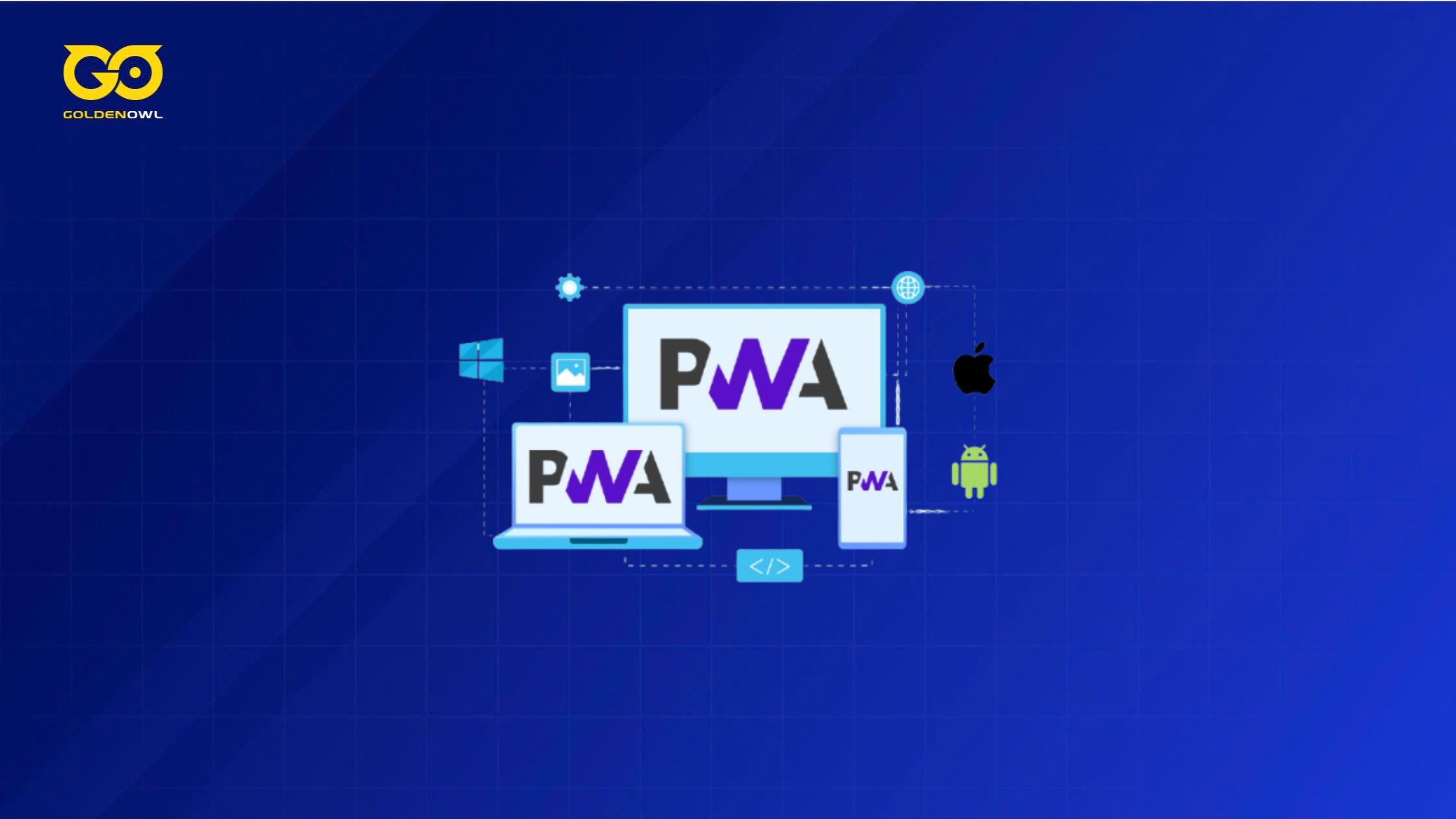HTML, CSS, JavaScript, Python, PHP, and more. Discover the power and versatility of these top full-stack developer programming languages in this article.
The web development industry constantly evolves and expands, with new technologies and frameworks emerging daily. Therefore, web developers need to keep up with the latest trends and skills to create dynamic and interactive websites that meet the needs and expectations of users and clients.
Currently, one of the most sought-after and versatile roles in web development is that of a full-stack developer. In this article, we will explore what a full-stack developer is, the main programming languages they use, and why they are in high demand in the web development market.
Read more: Top 12 Back-End Technologies Recommended by Expert Devs
What is a Full-Stack Developer?
A full-stack developer possesses broad and deep knowledge of multiple programming languages, frameworks, libraries, and technologies used for web development. Therefore, they can handle all web application development aspects, from designing the user interface to implementing business logic and data storage.
Typically, a full-stack developer works on two primary components of a web application: the frontend and the backend. The frontend is the part of the web applications with which users see and interact, including layout, design, navigation, and functionality. Meanwhile, the backend is the part of web applications that runs on the server and manages communication with the database, the processing of user requests, authentication and authorization, and business logic.
Depending on the project requirements, preferences, and goals, a full-stack developer uses different programming languages and tools for the frontend and the backend. Below is the list of some of the most popular full-stack languages.
Crafting Compelling User Experiences: The Power of Frontend Programming Languages
The frontend of a web application is responsible for creating an intuitive and engaging user interface that attracts and retains users. The languages used for frontend development are accountable for executing on the browser and manipulating the elements that make up a web page. Some of the most common and essential ones are:

- HTML (HyperText Markup Language): HTML is the standard language used to create the structure and content of web pages. It defines various elements such as headings, paragraphs, images, links, forms, and tables. HTML is not a programming language but a markup language used to describe the semantics and presentation of web content.
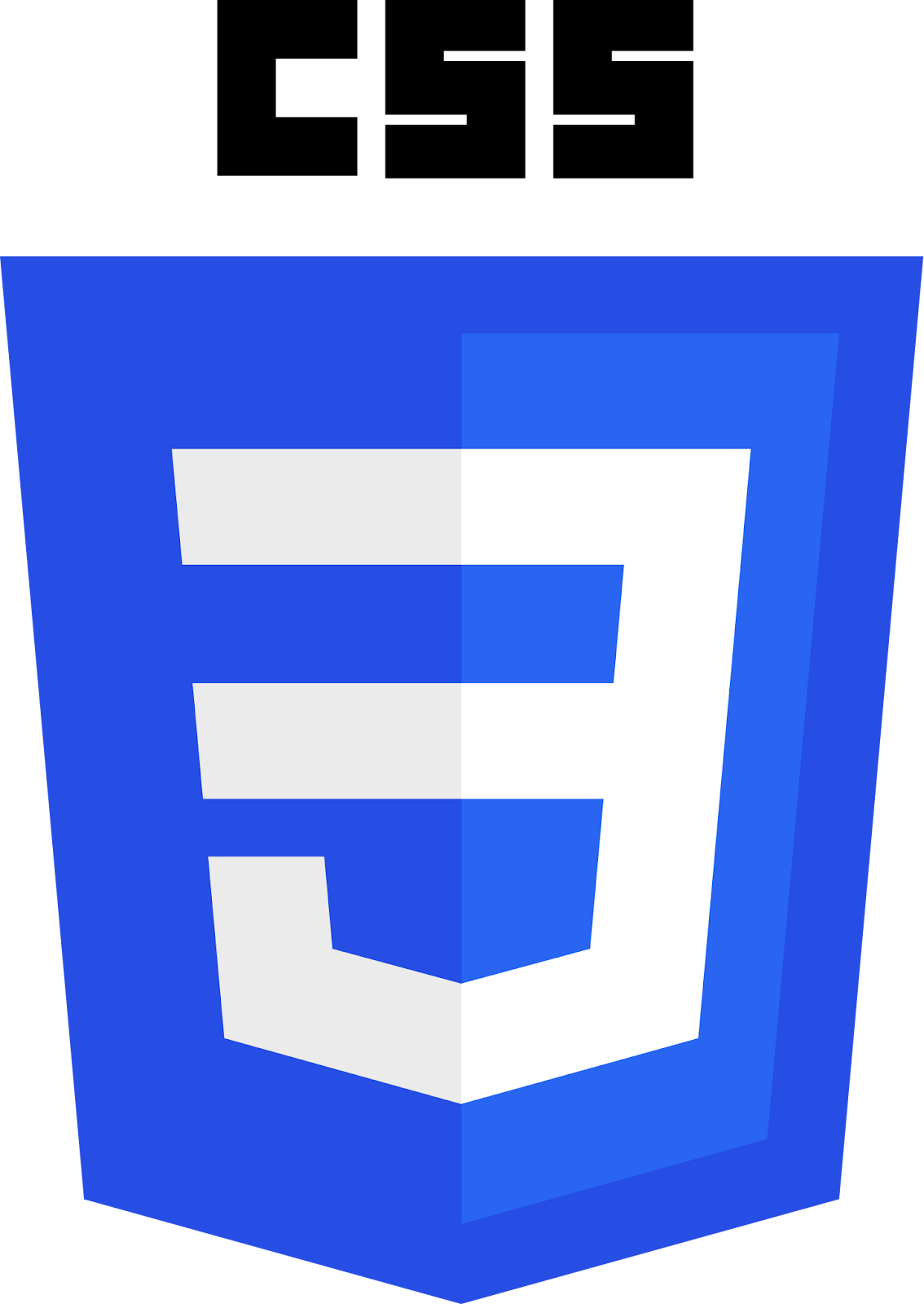
- CSS (Cascading Style Sheets): CSS is the style sheet language that defines the style and appearance of web pages. It controls the layout, colors, fonts, animations, transitions, and other visual aspects of web elements. CSS works with HTML to create a consistent and attractive user interface across different devices and browsers.
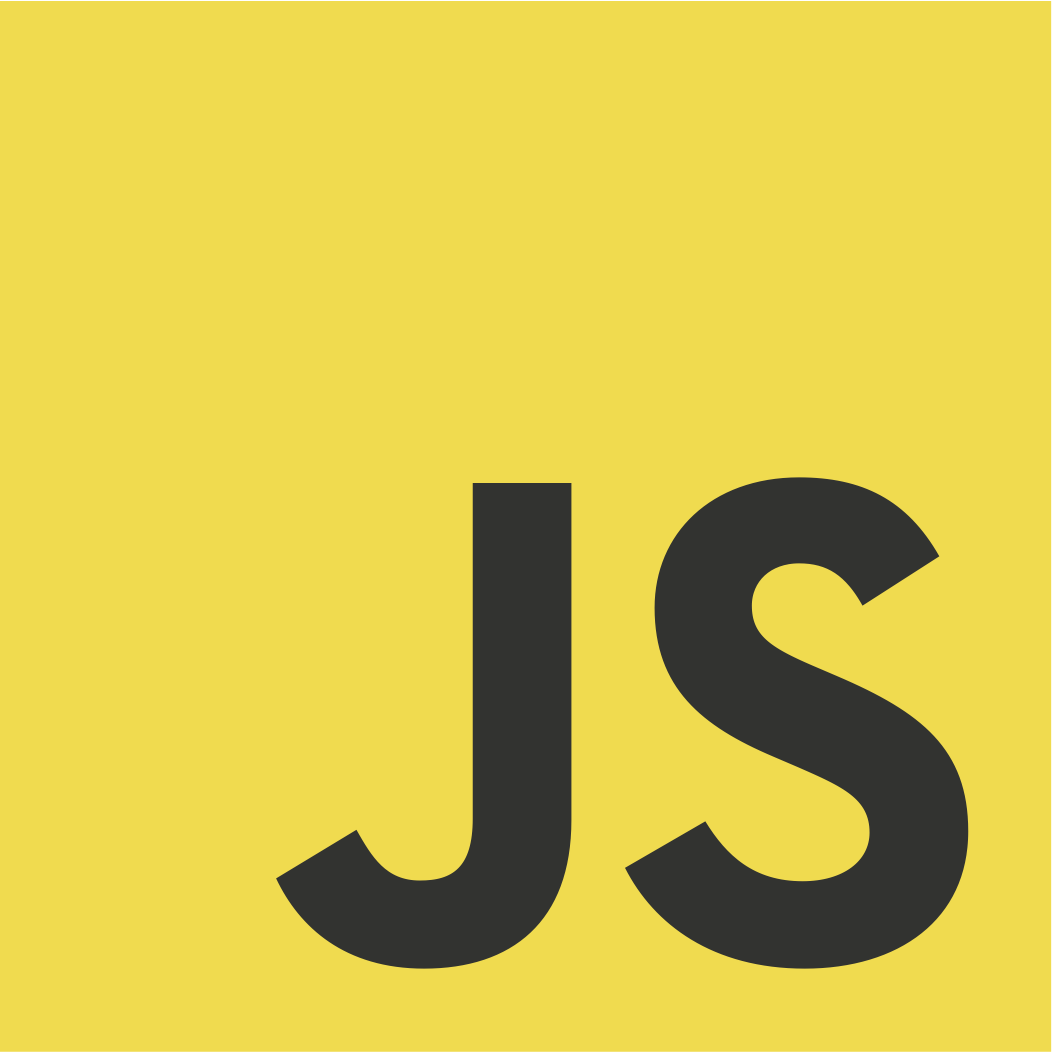
- JavaScript: This is the most widely used programming language for frontend web development. It enables web pages to be dynamic and interactive by allowing them to respond to user events, manipulate the DOM, validate user input, make AJAX requests, create animations, and more. Additionally, JavaScript can be used for backend web development, making it an ultimate full-stack developer programming language.
In addition to the three core frontend languages, there exist many other languages, frameworks, libraries, and tools that can enhance the functionality and performance of web applications. Some of the most popular and useful ones are:
- TypeScript: This superset of JavaScript incorporates static typing and other features into the language. It assists in detecting errors and bugs during the compilation process and enhances the readability and maintainability of the code. TypeScript can be transpiled to plain JavaScript that can run on any browser.
- React: This JavaScript library is used to create user interfaces for web applications. It utilizes a component-based architecture that allows developers to create reusable and modular UI elements to manage their own state and props. React also uses a virtual DOM that enables fast and efficient rendering and updating of the UI.
- Angular: This JavaScript framework is used for creating single-page applications (SPAs) for the web. It employs a model-view-controller (MVC) pattern that separates the web application’s data, logic, and presentation layers. Angular also provides features such as data binding, dependency injection, routing, directives, and services.
- Vue: This JavaScript framework is used to create user interfaces for web applications. Vue is similar to React, using a component-based architecture and a virtual DOM. However, it is also simpler and lighter than React. Vue also provides features such as reactivity, computed properties, watchers, transitions, and more.
Behind the Scenes: Unleashing the Logic and Functionality with Backend Languages
The backend of a web application is responsible for managing the server-side operations and logic of the web application. This includes connecting to the database, processing user requests, performing calculations, and sending emails.
Meanwhile, backend programming languages are used on the server and are responsible for communicating with the frontend and the database. Some of the most common and powerful ones are:
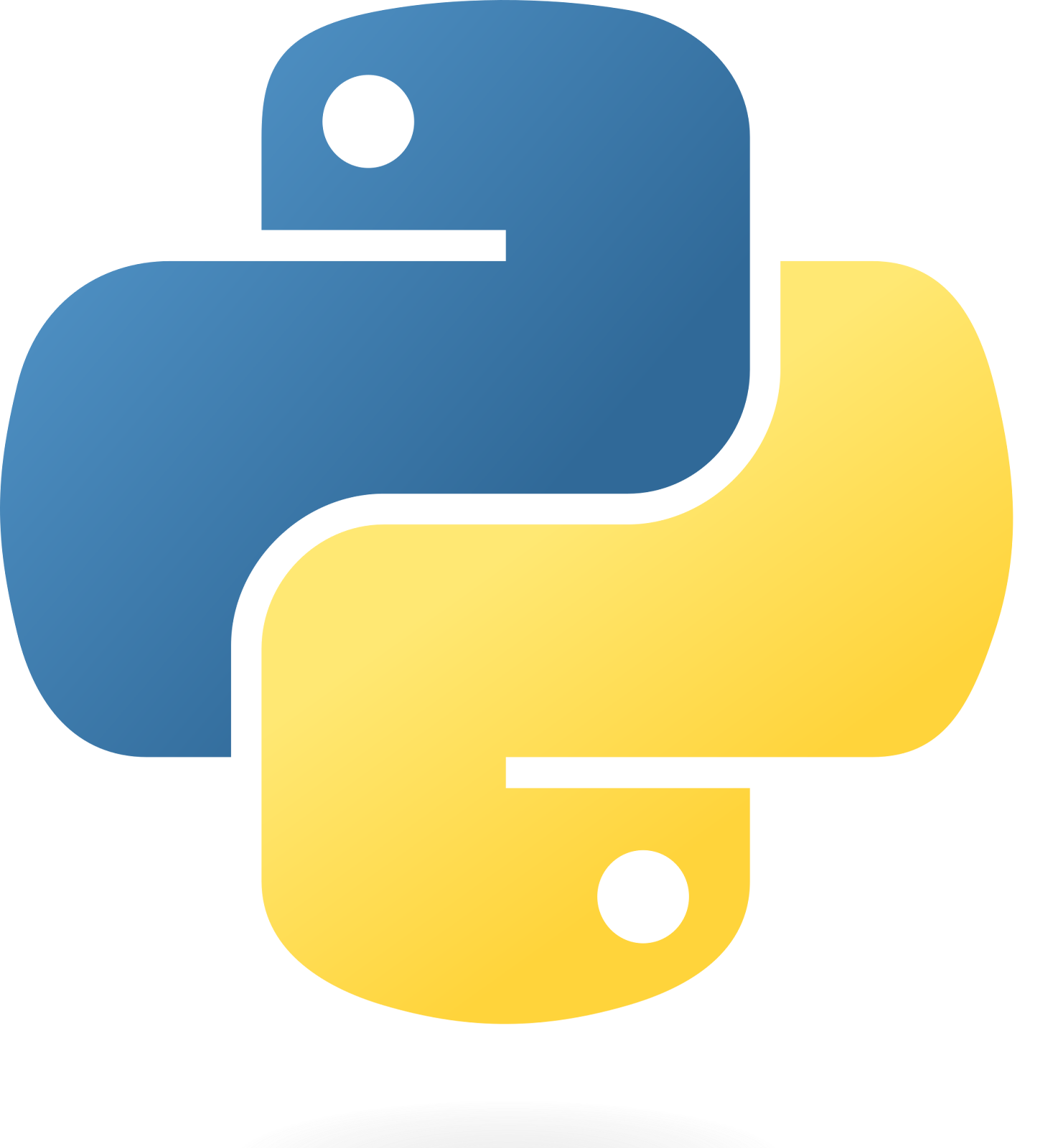
- Python: This is a high-level, interpreted programming language widely known for its simplicity, readability, and versatility. You can use Python for various applications, including web development, data science, machine learning, and automation. Python offers a diverse range of libraries and frameworks that can facilitate web development, such as Django, Flask, and Pyramid. Full-stack developers do not need to know Python. However, it is still a nice programming language to acquire.
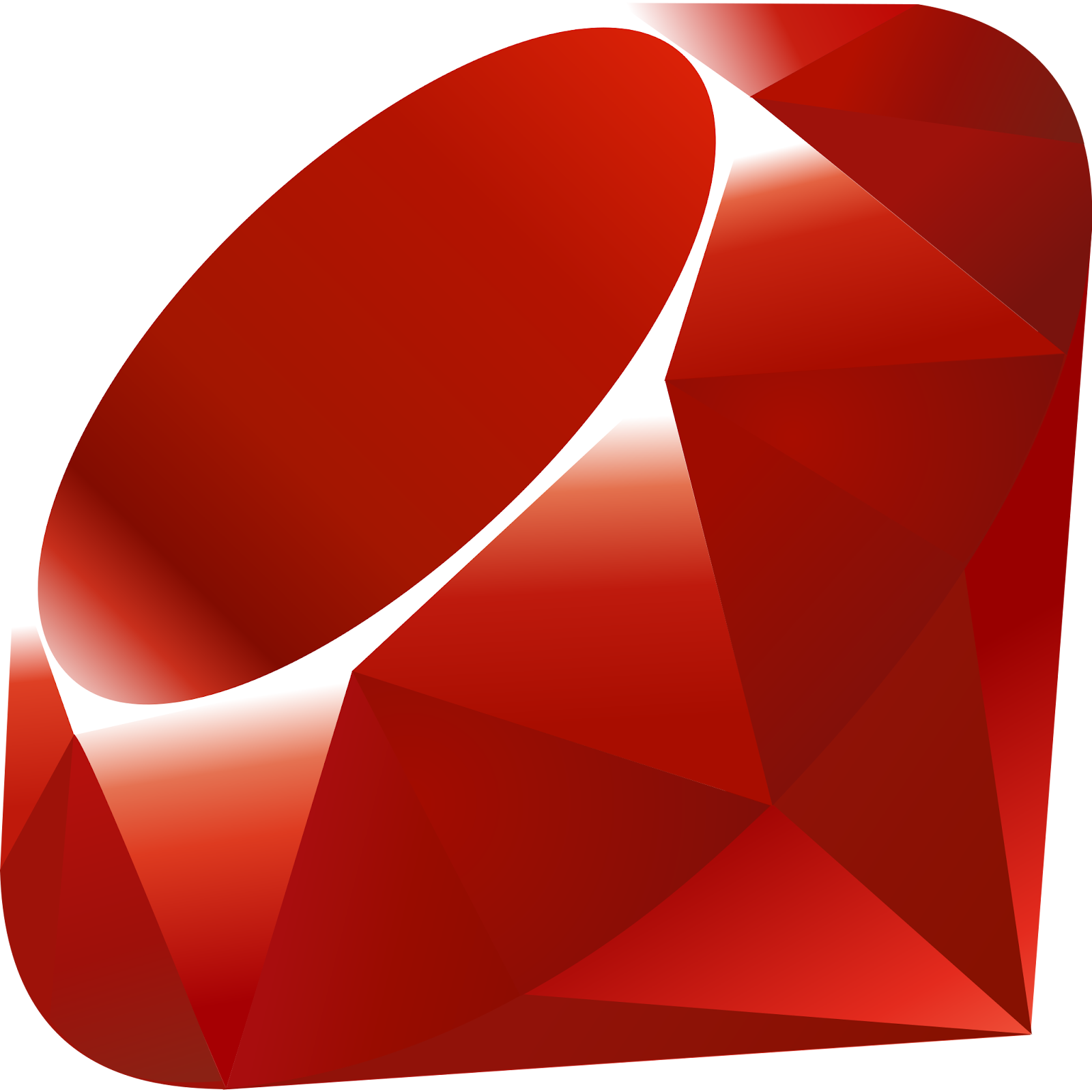
- Ruby: This versatile and expressive programming language is highly regarded for its elegance and productivity. Its interpretive nature makes it suitable for scripting, web development, and testing. Ruby on Rails—a robust web development framework—is one of Ruby’s most famous qualities. This framework adheres to the principles of Convention over Configuration (CoC) and Don’t Repeat Yourself (DRY). It offers scaffolding, migrations, validations, associations, etc., that streamline the development process.
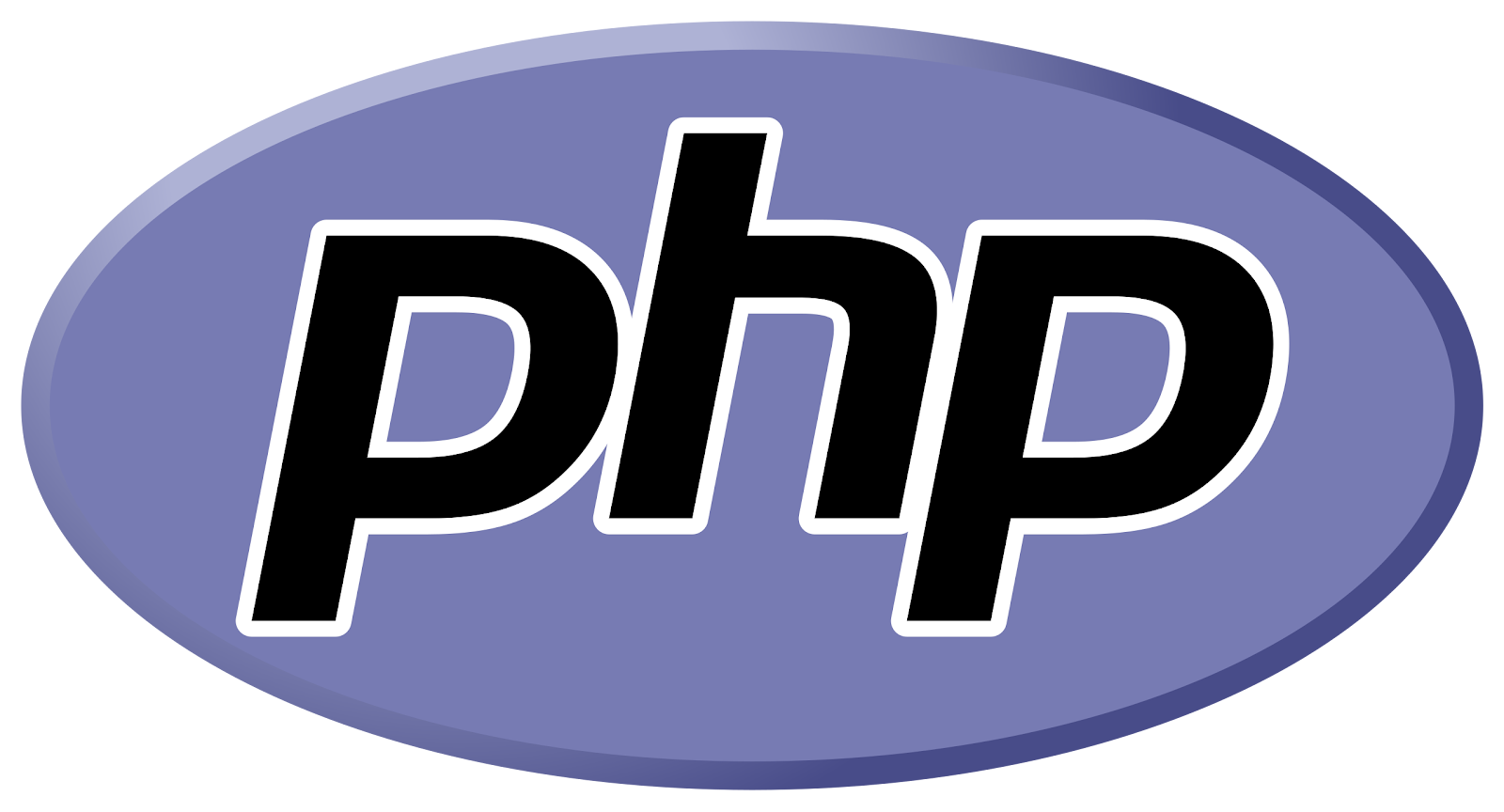
- PHP: PHP is a server-side, scripting, and embedded programming language widely used for web development. It can be embedded into HTML and executed on the server to generate dynamic web pages. PHP has a large and active community and a vast collection of frameworks and libraries that can support web development, including Laravel, Symfony, and CodeIgniter.
Apart from these three, there are numerous other languages, frameworks, libraries, and tools that can be utilized for the backend of web applications. These include Node.js, Java, C#, Go, ASP.NET, Django, and Spring Boot.
Each offers unique features and functionalities that can be leveraged to build robust and scalable web applications. For instance, Node.js is known for its ability to handle large volumes of data in real-time. It also utilizes JavaScript. As a result, JavaScript is often enough for full-stack developers. Meanwhile, Java is widely used for its security and scalability features. With so many available options, you can choose the best tools for your needs and requirements.
Embracing the Power of Full-Stack Developer Programming Languages
To sum up, a full-stack developer uses various programming languages and tools for the frontend and backend based on the project requirements, preferences, and objectives. HTML, CSS, JavaScript, TypeScript, React, Angular, Vue, Python, Ruby, PHP, and Node.js are some of the most widely used and popular options for full-stack development.
Full-stack development is a challenging but rewarding career path that demands continuous learning and adaptation to the ever-evolving web development landscape. In the meantime, full-stack developers are highly sought-after in the web development market because they offer clients and employers comprehensive skills and services.
If you want to become a full-stack developer, start by learning the basics of HTML, CSS, and JavaScript. Then, broaden your knowledge and skills by exploring other programming languages and tools for full-stack developers. You can also find online courses, tutorials, books, and blogs to help you learn and practice full-stack development.



















